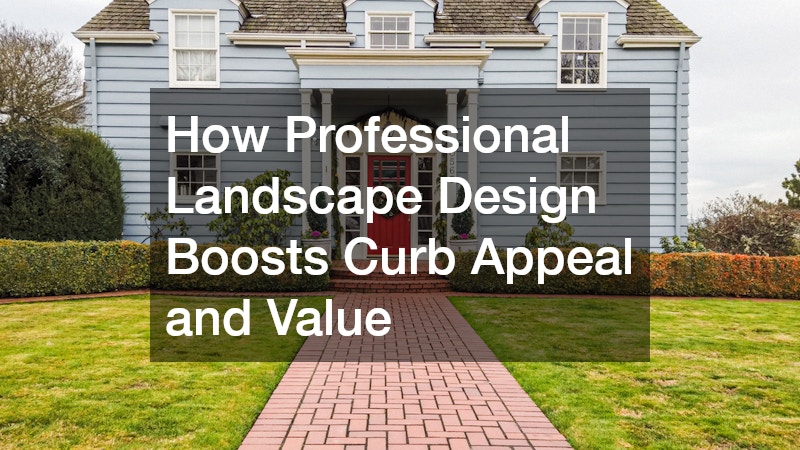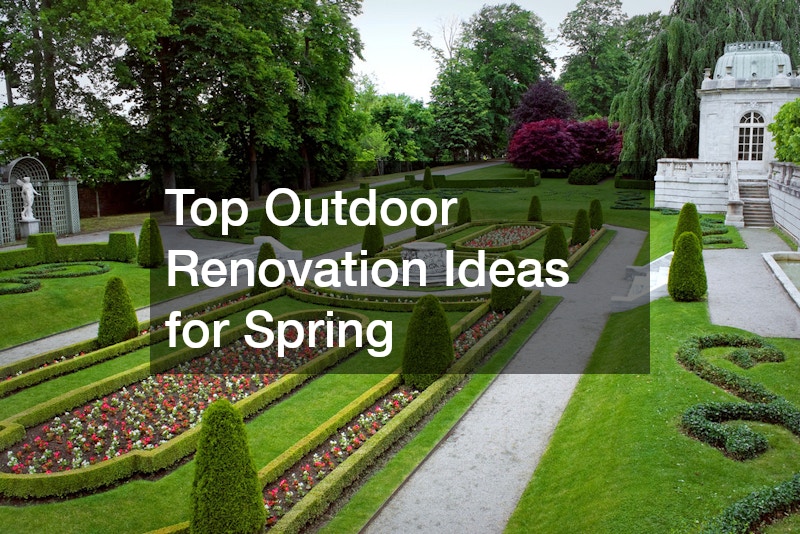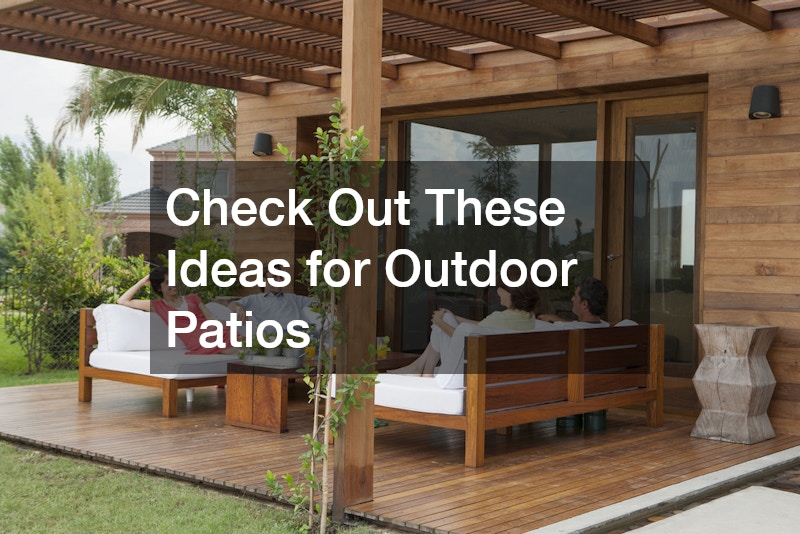design is an essential component in enhancing both the curb appeal and the resale value of a property. It seamlessly integrates aesthetic beauty with functionality and sustainability, appealing to current trends in eco-consciousness and environmental responsibility. By crafting a visually pleasing outdoor space, professional landscape design not only amplifies the attractiveness of a property but also significantly raises its economic value in the competitive real estate market.
Sustainable Practices
Sustainability in landscape design revolves around using native plants which are adapted to the local climate, thus requiring less water and maintenance. Incorporating eco-friendly materials such as recycled or locally sourced stones and wood enhances the environmental benefits.
These practices not only lower the ecological footprint of landscaping projects but also serve to create resilient landscapes that can withstand changing weather patterns, preserving beauty and functionality over time.
Sustainable landscape practices also include efficient water management systems such as rain gardens and drought-resistant plants. By capturing and utilizing rainwater, these systems reduce reliance on municipal sources and lower water bills. This not only benefits the environment but also appeals to eco-conscious buyers, thereby possibly increasing the property’s market value.
Design Principles
Fundamental design principles, such as balance, harmony, and proportion, are crucial in creating visually appealing landscapes. Balance can be achieved through symmetrical or asymmetrical arrangements that create a sense of stability and structure. Harmony involves the use of complementary plant colors, textures, and forms, fostering a cohesive and unified appearance.
Proportion ensures that all elements of the landscape relate well to each other and the property as a whole, preventing any one feature from overwhelming the space. A well-proportioned landscape prioritizes the visual and spatial balance between hardscape features, like pathways and patios, and softscape elements such as trees and flowers. These principles together establish a serene and inviting outdoor environment that feels both comfortable and polished.
Customization and Personalization
Customizing a landscape design to reflect the personal tastes and lifestyle of the property owner is a hallmark of professional landscaping. Tailored designs consider the owner’s desires, whether they prefer a minimalist, modern look or a lush, traditional garden. This personalized approach not only enhances the owner’s satisfaction but also creates a unique selling point for the property.
A professional landscape designer works closely with property owners to understand their needs, whether it’s creating spaces for entertaining, play areas for children, or serene retreats. By integrating practical features such as outdoor kitchens or water features, designers craft spaces that meet functional needs while maintaining aesthetic appeal. This bespoke design approach ensures that the landscape serves as an extension of the home’s personality.
Economic Benefits
Investing in professional landscape design can yield significant economic returns, enhancing the overall property value by up to 15%. This increase often stems from the enhanced curb appeal and the perception of quality that comes with well-designed landscapes. A beautiful landscape conveys a sense of pride in ownership and suggests that the property has been well-maintained.
Moreover, strategically designed landscapes can reduce heating and cooling costs by as much as 20% when implemented correctly. For instance, the placement of deciduous trees can provide cooling shade in summer and allow sunlight to warm a home in winter. These energy savings, paired with the aesthetic enhancements, make for an attractive package that appeals to potential buyers seeking both beauty and efficiency.
Marketability and Buyer Appeal
Professionally designed landscapes significantly enhance the marketability of a property by creating striking first impressions. The visual impact of a beautifully landscaped front yard can entice potential buyers before they even enter the home. This increased foot traffic often leads to quicker sales and can sometimes command higher sale prices than comparable properties without such features.
Studies have shown that properties with well-maintained and aesthetically pleasing landscapes can sell up to 15% quicker than those without. The inviting nature of a well-planned landscape suggests that the interior of the home is just as cared for, setting a positive expectation for potential buyers. This perceived value and attention to detail can give a property a competitive edge in a crowded market.
Cost and Time Efficiency
While hiring a professional landscape designer may appear to be an additional expense initially, it often results in significant savings over time. Professionals can identify cost-effective solutions and prevent expensive mistakes by accurately assessing site conditions and selecting appropriate materials. Their thorough planning ensures that the project stays within budget, avoiding unexpected costs and financial strain on the homeowner.
In conclusion, professional landscape design offers a multitude of benefits that enhance both the aesthetic appeal and economic value of a property. Key elements such as sustainable practices, design principles, and personalization ensure that landscapes are not only beautiful but also practical and enduring. By hiring a professional landscape designer, property owners gain access to expertise, resources, and efficiencies that deliver exceptional results and elevate their property’s standing in the real estate market.



